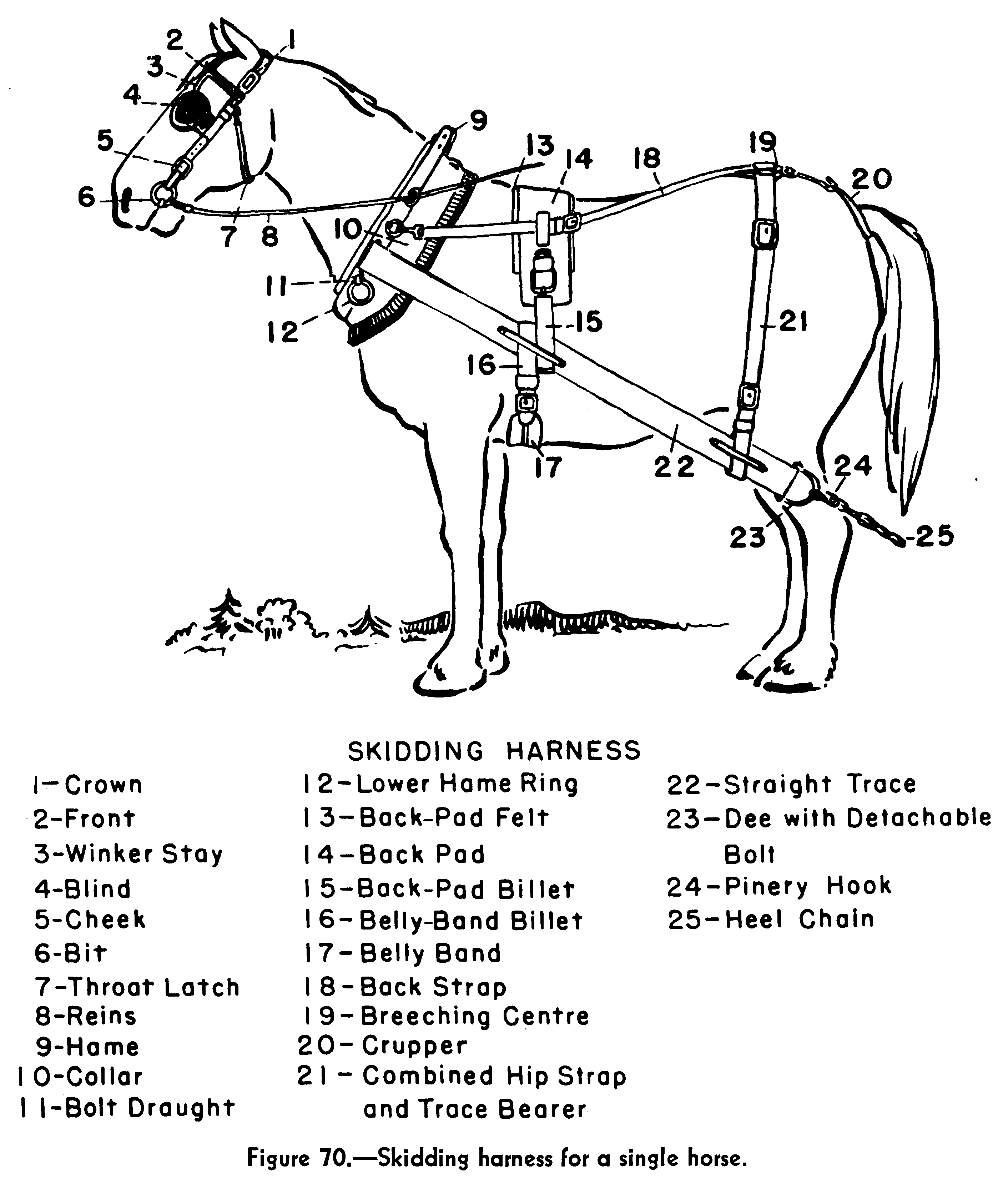|
Forwarder
A forwarder is a forestry vehicle that carries big felled logs from the stump to a roadside landing. Unlike a skidder, a forwarder carries logs clear of the ground, which can reduce soil impacts but tends to limit the size of the logs it can move. Forwarders are typically employed together with harvesters in cut-to-length logging operations. Load capacity Forwarders are commonly categorised on their load carrying capabilities. The smallest are trailers designed for towing behind all-terrain vehicles which can carry a load between 1 and 3 tonnes. Agricultural self-loading trailers designed to be towed by farm tractors can handle load weights up to around 12 to 15 tonnes. Light weight purpose-built machines utilised in commercial logging and early thinning operations can handle payloads of up to 8 tonnes. Medium-sized forwarders used in clearfells and later thinnings carry between 12 and 16 tonnes. The largest class specialized for clearfells handles up to 25 tonne ... [...More Info...] [...Related Items...] OR: [Wikipedia] [Google] [Baidu] |
Skidder A skidder is any type of heavy vehicle used in a logging operation for pulling cut trees out of a forest in a process called "skidding", in which the logs are transported from the cutting site to a landing. There they are loaded onto trucks (or in times past, railroad cars or flumes), and sent to the mill. One exception is that in the early days of logging, when distances from the timberline to the mill were shorter, the landing stage was omitted altogether, and the "skidder" would have been used as the main road vehicle, in place of the trucks, railroad, or flume. Modern forms of skidders can pull trees with a cable/winch (''cable skidder''), just like the old steam donkeys, or with a hydraulic grapple either on boom (''grapple skidder'') or on the back of the frame ''(clambunk skidder)''. History Early skidders were pulled by a team of oxen, horses or mules. The |
